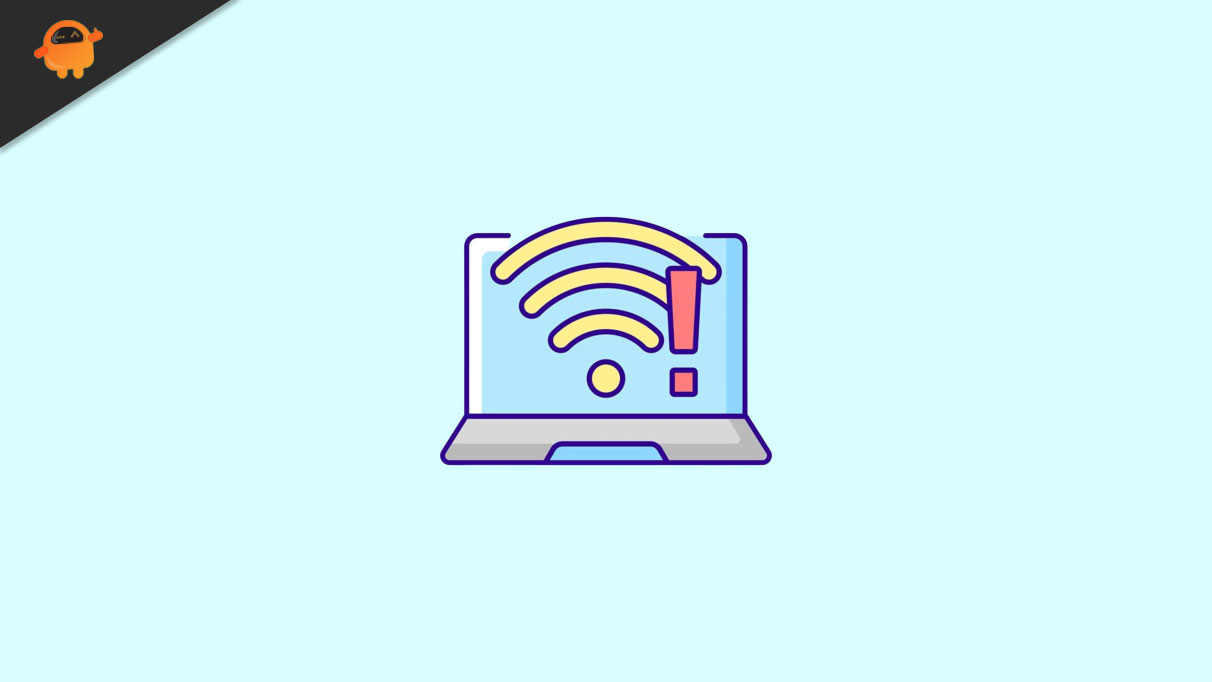We’ve all been there – you’re in the middle of an important Zoom meeting, streaming your favorite movie, or trying to finish an urgent work assignment, and suddenly, your WiFi connection decides to play hide-and-seek with the internet. It’s a frustration that we can all relate to, and it can really get on our nerves. But don’t worry, as we’re here to help you solve this problem.
In this guide, we’re here to help you troubleshoot and fix a WiFi connection but no internet. But first, let’s understand why this happens.

Page Contents
What Causes WiFi Connected but No Internet
Before we dive into the troubleshooting steps, let’s demystify why this issue occurs in the first place. Unfortunately, whether you have cable, DSL, fiber, or satellite internet, this is a common issue. Understanding the root causes can be incredibly helpful in finding the right solution:
-
- ISP Problems
Often, the issue lies with your internet service provider (ISP). It could be a temporary service outage in your area, technical difficulties on their end, or issues with their infrastructure. Before you start changing settings, check if your ISP is experiencing any known problems.
- Router or Modem Glitches
Your router and modem are the gatekeepers of your home network. Sometimes, they can encounter glitches or overheating issues that disrupt the internet connection. Firmware bugs or outdated software can also play a part in this.
- Network Configuration Errors
Incorrectly configured network settings can lead to the “WiFi connected but no internet” problem. This can include incorrect IP settings, DNS configurations, or subnet mask issues.
- Signal Interference
WiFi signals can get tangled up with other electronic devices like cordless phones, microwave ovens, and even neighboring WiFi networks. This interference can weaken your WiFi connection, making it appear connected but without internet access.
- Device-Specific Issues
Sometimes, the problem is isolated to a particular device. It might have its own network configuration problems, outdated drivers, or even malware affecting its ability to connect to the internet.
- ISP Data Cap
Sometimes, your internet provider can impose data caps on your internet plan. If you’ve reached your data limit, your ISP may reduce your internet speed or cut off your access until the next billing cycle.
Steps to Fix WiFi Connected but No Internet Connection
Now that you know the potential reasons why this issue happens, you’ll be able to tackle this issue with ease. Here’s a step-by-step guide to help you fix a WiFi connected but no internet connection.
- Check Your Other Devices – Start by testing other devices you have that are connected to the wireless internet network. If they’re also experiencing the same issue, it’s likely a network or ISP problem. If they’re working fine, the issue may be isolated to a single device.
- Restart Your Router and Modem – This simple step, also called the power cycle, often works wonders. Power off your router and modem, wait for about 30 seconds and then turn them back on. This can clear minor glitches and refresh your connection.
- Review Network Settings – Next, double-check your device’s network settings. Make sure that you’re connecting to the correct WiFi network and that there are no incorrect IP addresses or DNS settings.
- Run a Speed Test – After that, run an online speed test tools to check the speed and stability of your internet connection. This can help you determine if your issue is related to speed throttling or network interruptions. There are a lot of speed test tools online, like speedtest.net.
- Change DNS Settings – Try changing your device’s DNS server settings to Google’s Public DNS (8.8.8.8 and 8.8.4.4) or Cloudflare’s DNS (1.1.1.1 and 1.0.0.1). This can sometimes resolve DNS-related problems.
- Check for Router Firmware Updates – Then, go to your router manufacturer’s website and check for firmware updates. In most cases, updating your router’s firmware can resolve known issues and improve overall performance. It’s also best if you keep your router’s firmware updated at all times.
- Look for Signal Interference – Identify and eliminate potential sources of interference near your router. Relocating your router to a less crowded area and away from electronic devices can improve signal strength.
- Contact Your ISP – If you suspect the problem is on your ISP’s end or if none of the above steps work, don’t hesitate to get in touch with your ISP’s customer support. They can run diagnostics and assist in resolving any issues with your internet service or even send a technician to your home.
Conclusion
Fixing this issue may seem challenging, but with these tips and a bit of patience, you’ll be able to fix this problem in no time. So, the next time your WiFi connection decides to act up, take a deep breath, follow these steps, and don’t hesitate to seek help from your ISP if needed. Good luck!
